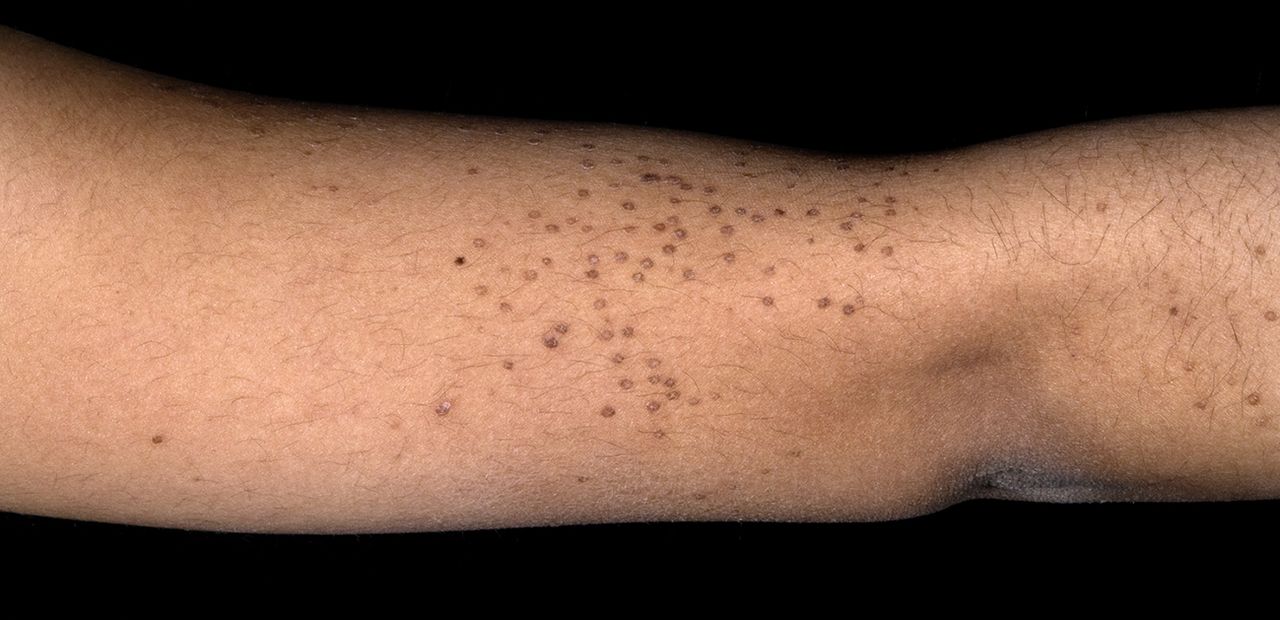Prostate Cancer Symptoms, Treatment, and Care
Prostate cancer occurs in the prostate which is a small walnut-shaped gland in males that produces the seminal fluid that tends to nourish and transport sperm. Prostate cancer symptoms do indicate the problem.
Prostate cancer happens to be the most common type of cancer. Several prostate cancers grow slowly and are also confined to the prostate gland, where they may not cause serious harm. However, while a few types of prostate cancer do grow slowly and may need minimal or perhaps even no treatment, other types are aggressive and can also spread quickly.
Prostate cancer that is detected early, when it is still confined to the prostate gland provides the best chance for successful treatment.
Prostate cancer develops in one’s prostate gland, a part of the reproductive system in men and also people assigned male at birth. Several people choose active surveillance (no treatment) as prostate cancer tends to grow slowly and stay in the gland. For cancers that grow fast and also spread, common treatments include radiation and also surgery.
Prostate Cancer Symptoms
Early-stage prostate cancer rarely causes symptoms. These issues can occur as the disease progresses:
- Frequent, sometimes urgent, the need to pee, especially at night.
- Weak urine flow or flow that does start and also stops.
- Pain or burning when the person pees (dysuria).
- Loss of bladder control (urinary incontinence).
- Loss of bowel control (fecal incontinence).
Causes of Prostate Cancer
Experts are not all that sure what causes cells in one’s prostate to become cancer cells. As with cancer in general, prostate cancer does form when cells divide faster than usual. While normal cells eventually die, cancer cells do not. Instead, they do multiply and also grow into a lump known as a tumor. As the cells continue to multiply, parts of the tumor can break off and also spread to other parts of one’s body (metastasize).
Treatment of Prostate Cancer
It depends on multiple factors, including one’s overall condition, if the cancer’s spread, and how fast it is spreading. Depending on one’s treatments, the affected person may work with several healthcare providers, including urologists, radiation oncologists, and medical oncologists.
Specific procedures
- Surveillance: One’s healthcare provider can monitor one’s condition instead of providing treatment if one’s cancer grows slowly and does not spread.
- Active surveillance: The affected individual can get screenings, scans as well as biopsies every one to three years in order to monitor cancer growth. Active surveillance does work best if the cancer tends to grow slowly. If the condition worsens, the provider can start treatments.
- Watchful waiting: Watchful waiting is rather similar to active surveillance, but it is more commonly used for people who are frailer with cancer that does not go away with treatment. Also, testing is done much less frequently. Instead of getting rid of the tumor, treatments usually focus on managing symptoms.
Surgery
- A radical prostatectomy does remove a diseased prostate gland. It can often in fact successfully eliminate prostate cancers that have not spread. The provider recommends the best removal method if they believe the patient benefits from surgery.
- Open radical prostatectomy: The provider makes a single cut (incision) into one’s abdomen, from the belly button to the pubic bone to remove the prostate gland. This technique is not as common as less-invasive methods such as robotic prostatectomy.
- Robotic radical prostatectomy: Robotic radical prostatectomy entails the provider performing surgery via several tiny incisions. Instead of operating directly, they operate a robot system via a console.
Radiation therapy
- The patient can receive radiation therapy as a standalone treatment or in combination with other treatments. Radiation can provide symptom relief.
- Brachytherapy: It is a form of internal radiation therapy involving placing radioactive seeds inside the prostate. This kills cancer cells while preserving surrounding healthy tissue.
- External beam radiation therapy: With external beam radiation therapy (EBRT), a machine emits strong X-ray beams directly to the tumor.
Systemic therapies
The provider can suggest systemic therapies if cancer has spread outside one’s prostate gland.
Conclusion
Prostate cancer symptoms if detected early then successful treatment is possible.









There are no comments